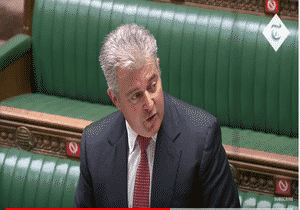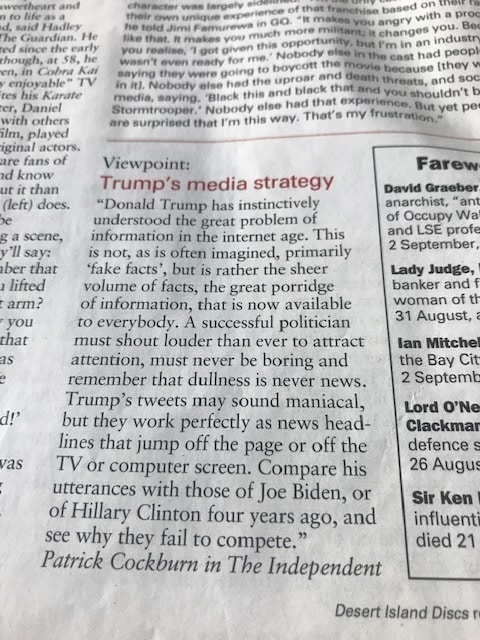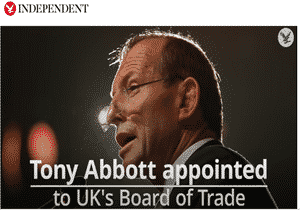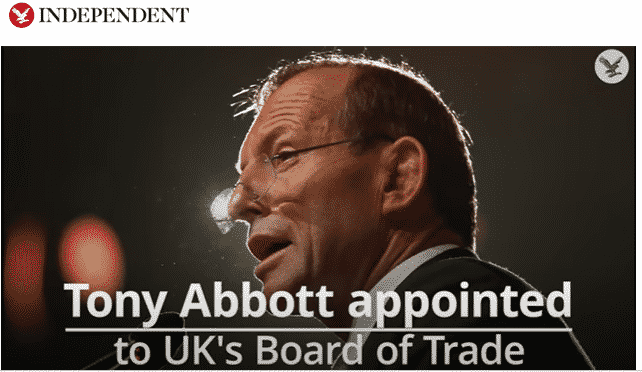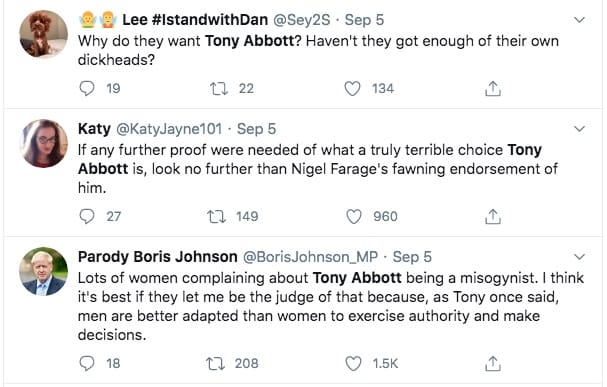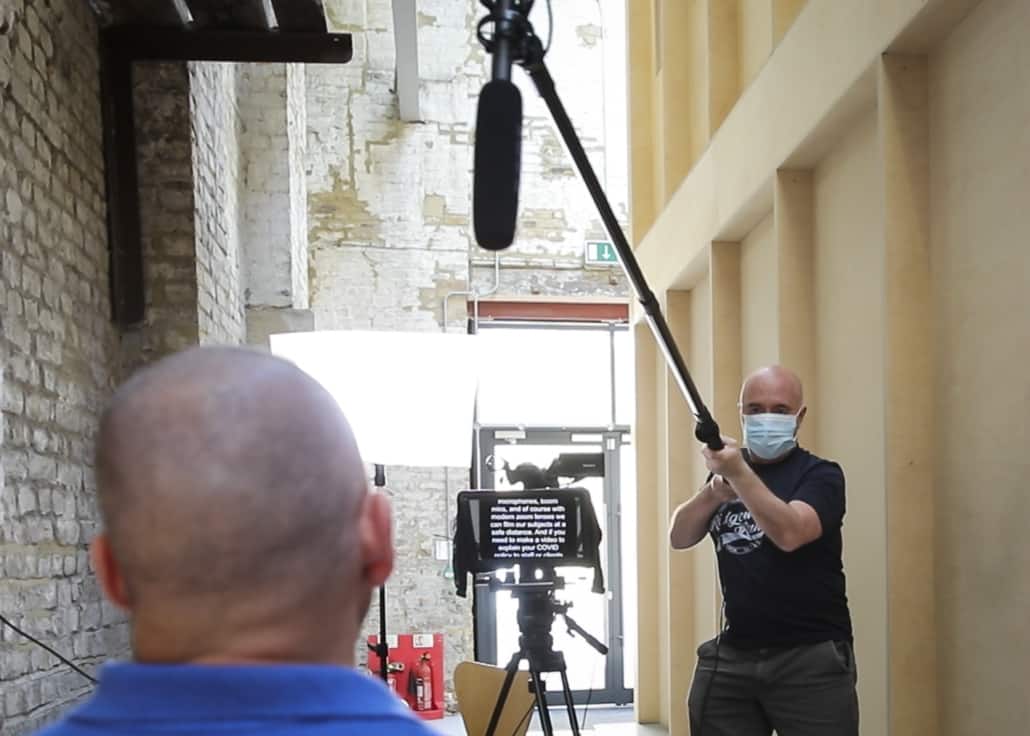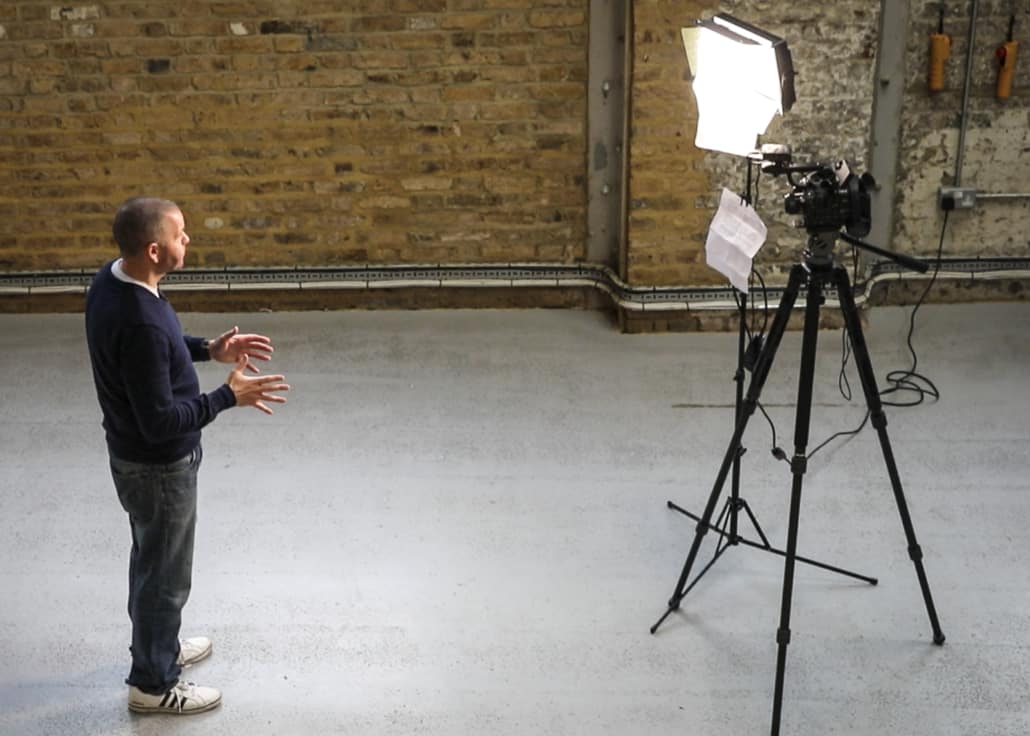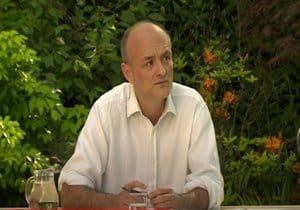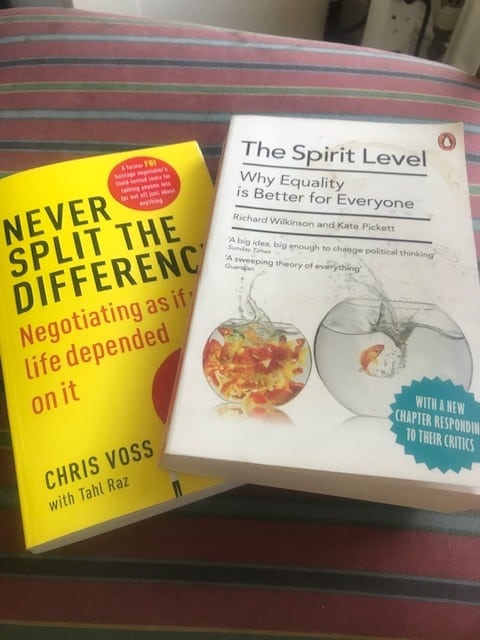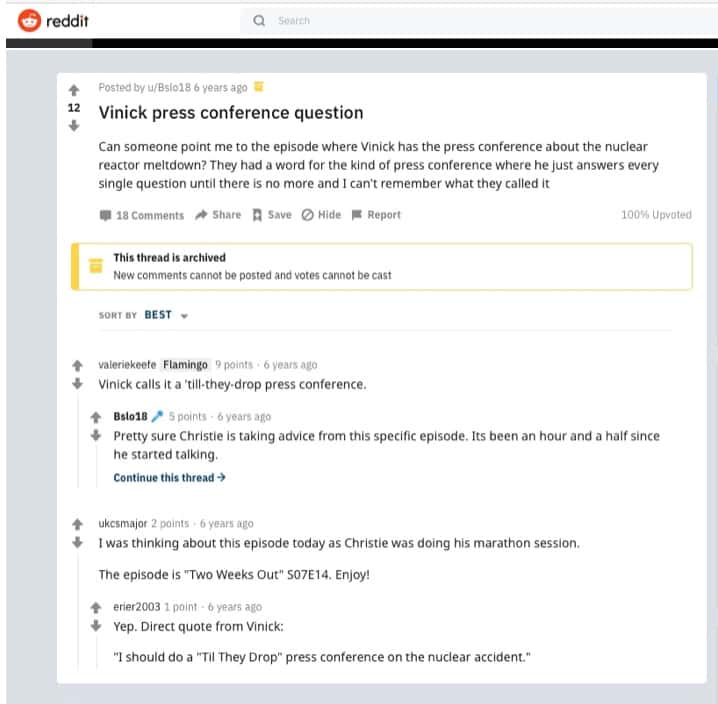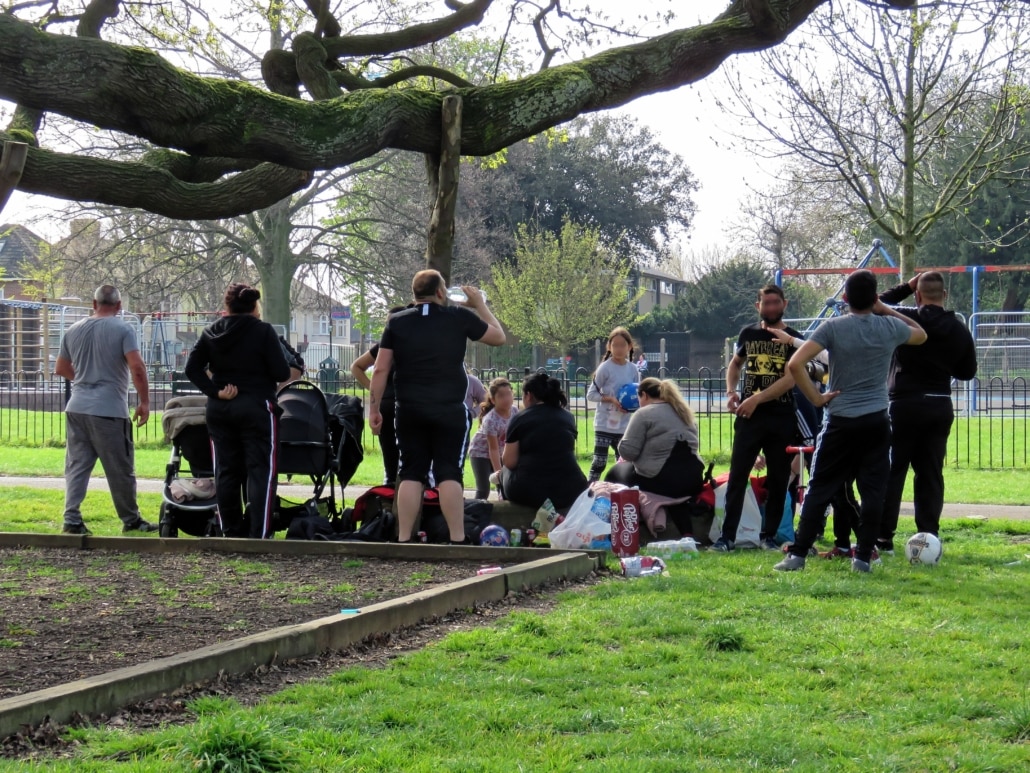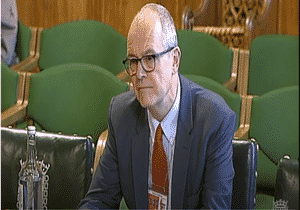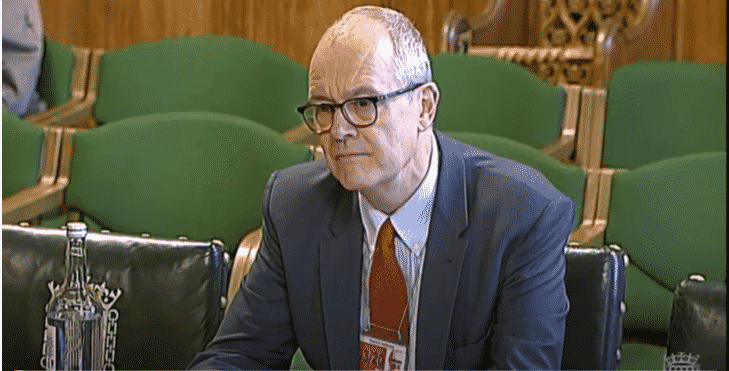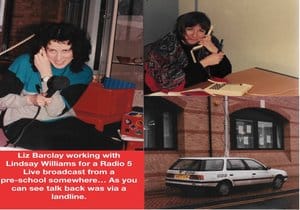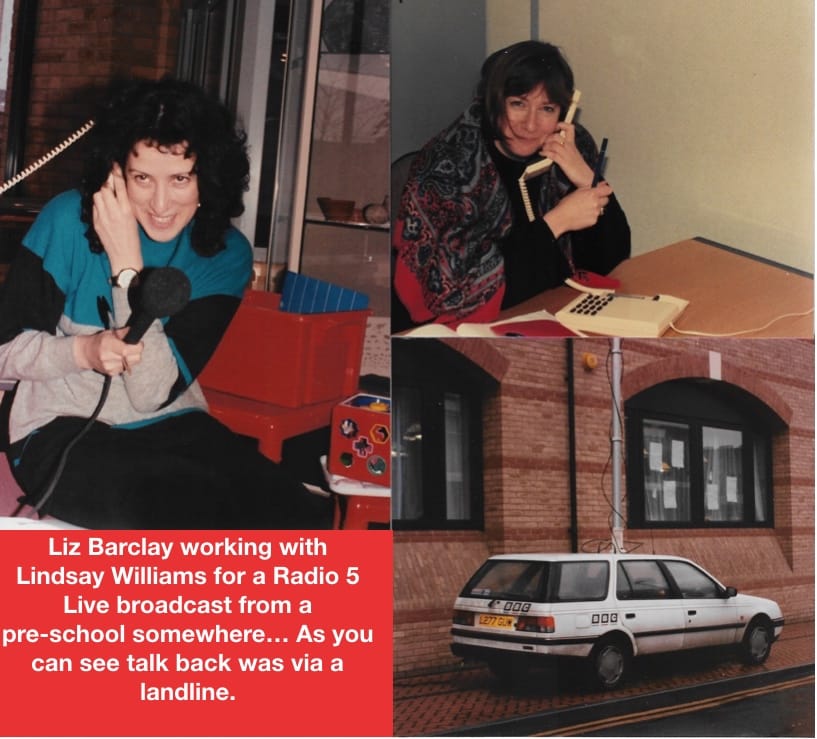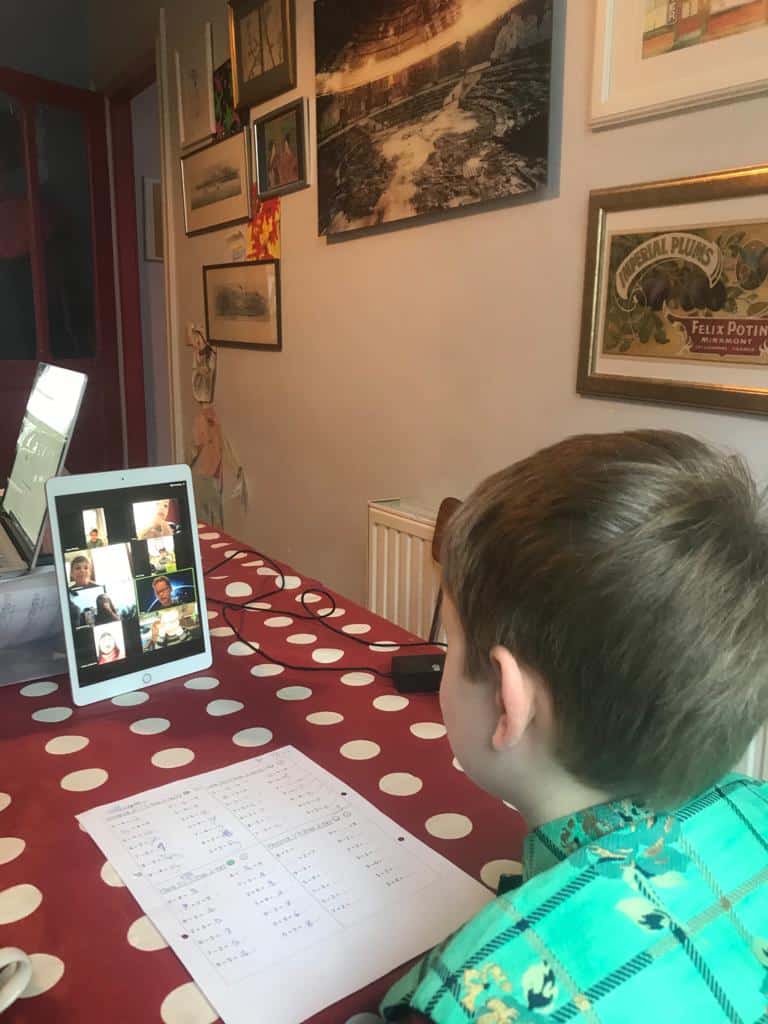12 Ways to Prove you are a True Comms Professional
PR people are so often overworked and under-valued. One of the big – not so obvious – benefits of Media Training, is that it opens the eyes of executives to the role and the work of the comms team. But if Media Training is not on the agenda, here are 12 ways you can prove you are a true comms professional.
Be Prepared to Challenge
1. Ask repeatedly until you get a clear defined answer: Who is the audience? What do we want to achieve? So many PR initiatives fail because of woolly or ever-changing objectives. Senior people love demanding that something happens without being clear what the desired specific benefit would be. Phrases such as ‘get me some press coverage’, ‘get me some good PR for this’, or even ‘can’t you just give me the journalists’ mobile numbers’.
2. Ask: How will we know we have achieved that objective? What metrics will we measure? It can be difficult to measure PR impact or outcomes and it maybe there are no satisfactory metrics to log. But it is worth always asking the question, not least because it gives the PR professional cover if the coverage fails to wow.
3. Hold everyone to account for writing and speaking in plain English. It is no good you working your socks off to get people in front of journalists if, once they start, they can’t explain the project or product in ways that mean something to the audience. It is often uncomfortable reminding senior people to use more colloquial language, but it will pay dividends (assuming they listen).
4. Repeatedly ask: Is that true? Can we prove it? Can we evidence it? Some teams are overly cautious, while some leaders are way too gung ho. Given it is the PR team who will be fielding the calls if bold claims cannot be substantiated, it’s worth insisting that you have the proof points before you go public.
Know your Market
5. Know your journalists. Names and biographies of the top 20 or 30 journalists or bloggers on your media list should be well known to you.
6. Keep an eye on key competitors and remind your team what they are doing and saying. Many people are too busy doing the day job to properly keep across market issues. Those that do manage to do this will give themselves and the team an edge. Observations can be as simple as how active they are in the media, to what they are talking about, to the detail of which spokesperson is saying what. This may provide media opportunities, warn of ‘while I’ve got you…’ questions and much more. Above all, it will convince the business it is worth paying your wages.
Set your own Standards
7. Read everything you or a colleague writes, at least twice: once for sense and once for grammar and spelling. If you are about to publish externally, ask for a second pair of eyes wherever possible. This is especially important for me. I do not see grammar and spelling mistakes. I can read things as carefully as I like and I always miss something. Fortunately, I have people in the team who rarely miss anything.
8. Project plan everything. Diaries, dates, personal deadlines and to-do lists are the bedrock of professionalism. Even if you are doing this for yourself rather than a team, and even if you get knocked off course most days, working to a prioritised to-do list, and creating a simple timeline for everything, will keep you ahead and make you look efficient. It also tends to provide great motivation and guard against distraction.
9. Read widely and pull out the PR lessons. For yourself to share with colleagues and to use as quotes or anecdotes in your PowerPoint. Not so easy in a busy life but reading around a subject will always enrich the fertility of your subconscious. I rarely find a book about current affairs that doesn’t teach me something about PR. Sharing nuggets from your reading will also ‘add value’ to team discussions. (Obviously, be careful not to bore people.) Don’t know where to start? Try political biographies.
10. Think like a millennial, whatever your age. Digital and comms should not be two separate departments. If they are, they need to work hand-in-glove. Imagine you were interviewing someone for a PR job. One candidate says: ‘I know my way around Twitter but I really hate all this social media stuff.’ The other says: ‘social media gives us a really wide range of options, and we can measure the impact of everything if we get across the numbers’. Which one would you hire?
11. Consume media. Stay across the news agenda and refer to it often with less newsy colleagues. As with everything, process will help you here. You could, for example, list 10 websites you flick through every day. Add a couple of TV or radio programmes that you listen to on catch-up – so you can jump through irrelevant items. You don’t have to do everything every day, just do some.
And Finally – Do your own PR
12. PR your own team. Remind colleagues what a good job the comms team does, either keeping things out of the news or winning column inches. Don’t assume colleagues in other departments understand the process or the value. You know the value of PR. Use it to boost the standing of your team. Showcase successes, talk a good game, craft your internal team messages. You never want to hear a senior leader say ‘I just don’t know what the PR team does all day’.
The Media Coach is piloting a new course – Personal Effectiveness Training. It’s all about communicating more effectively. If you, someone in your team or one of your direct reports could communicate better get in touch to discuss a bespoke course: online or face-to-face. Call us on 0207 099 2212 and let’s chat.




